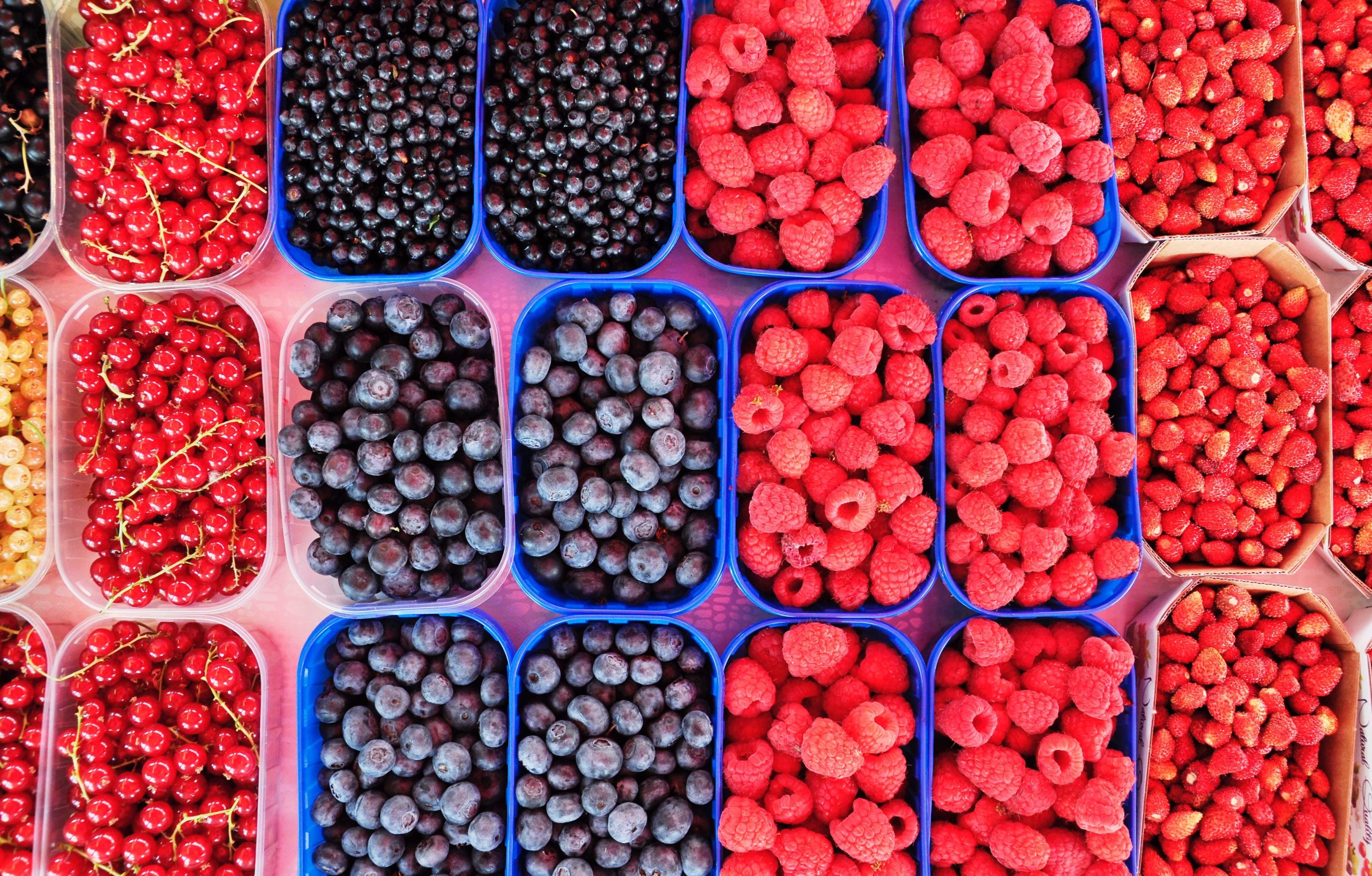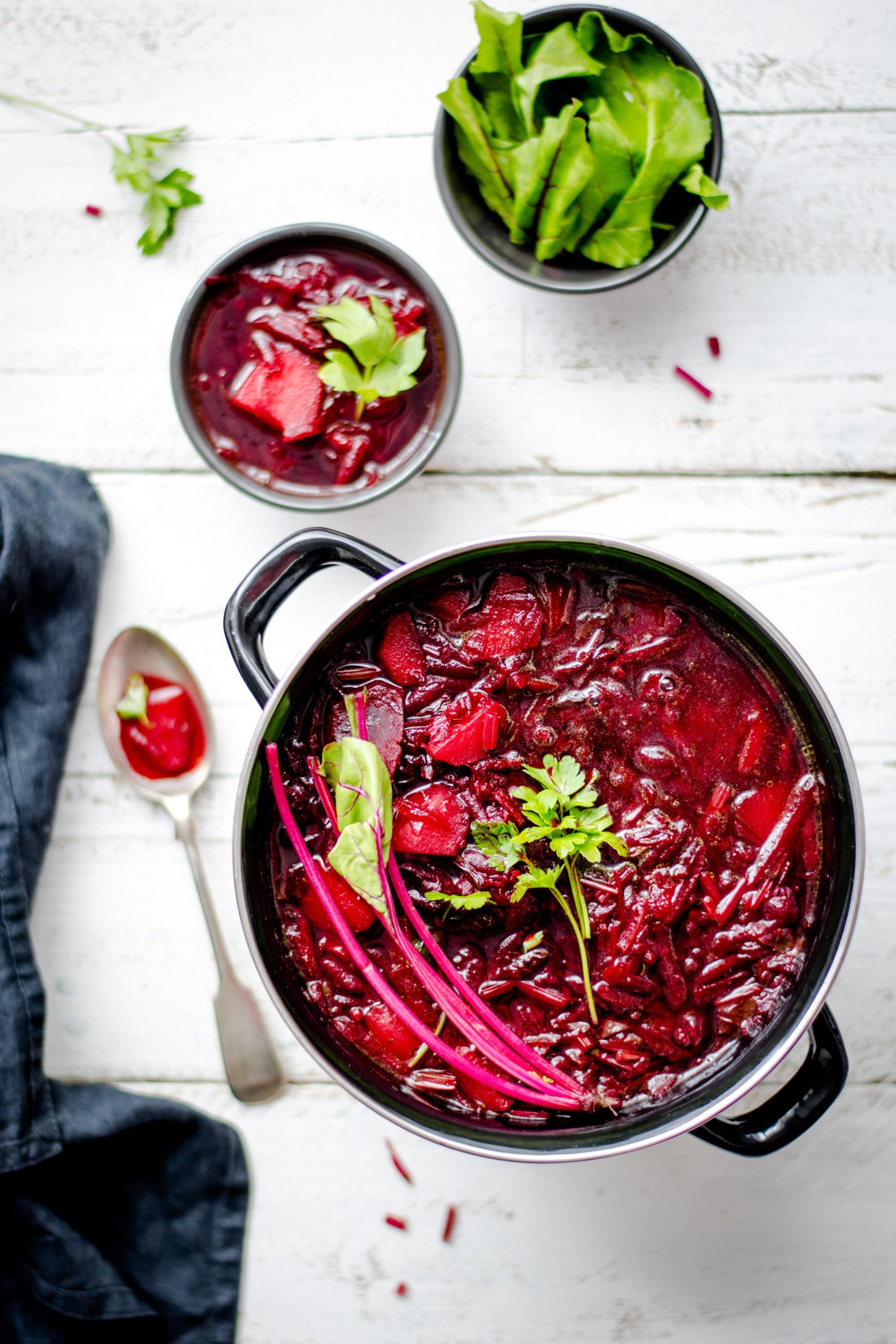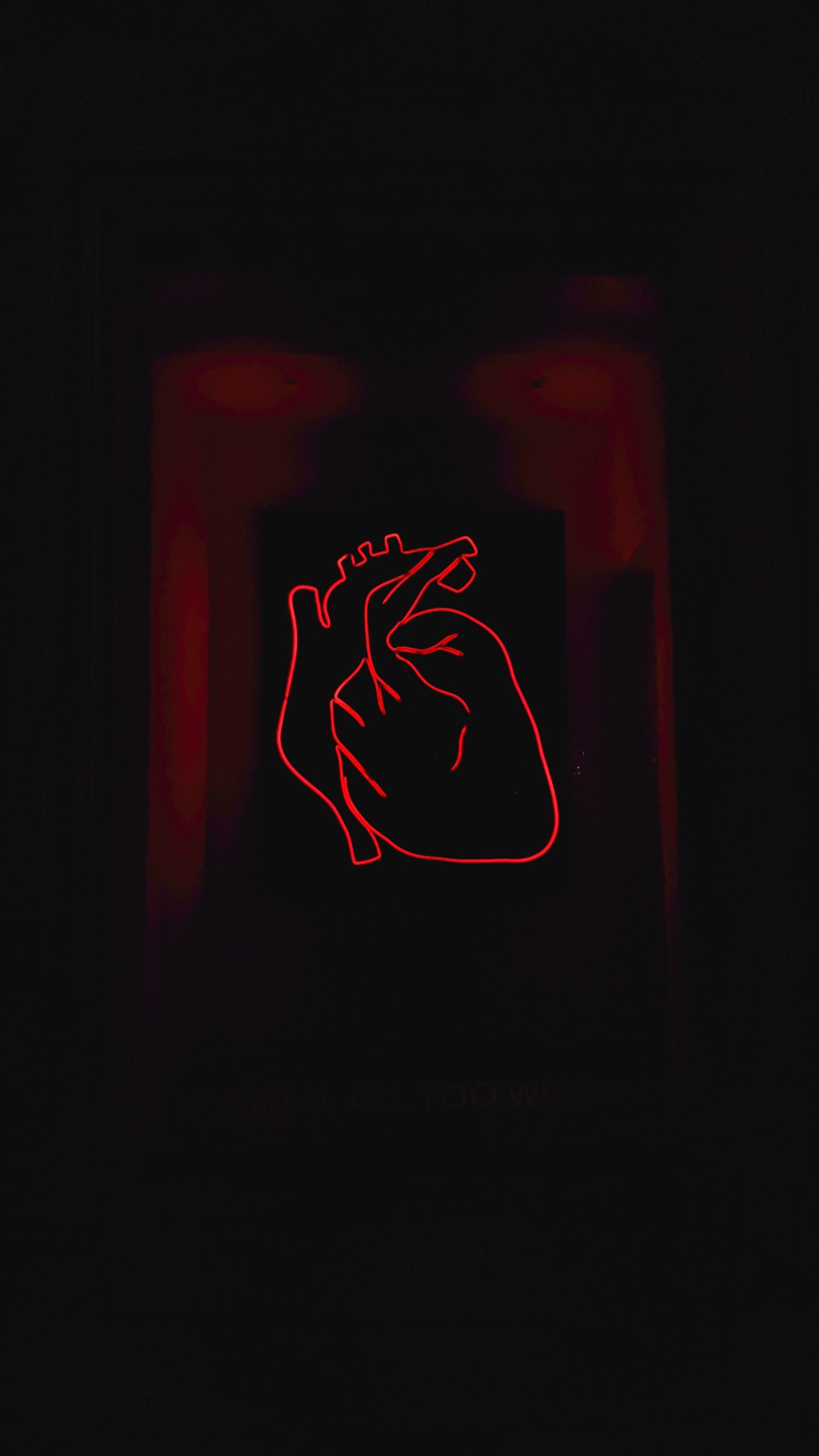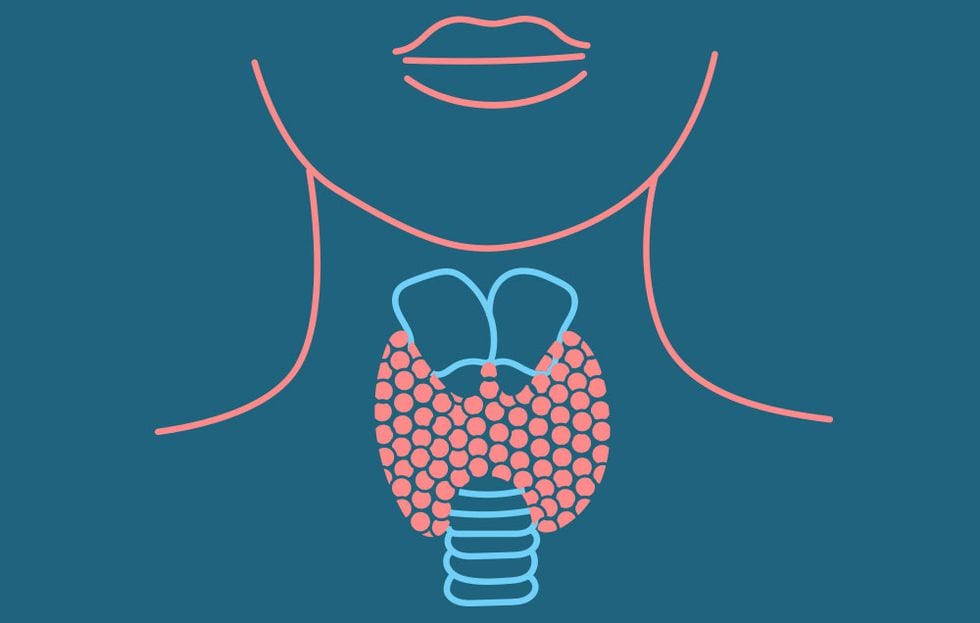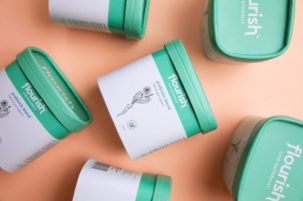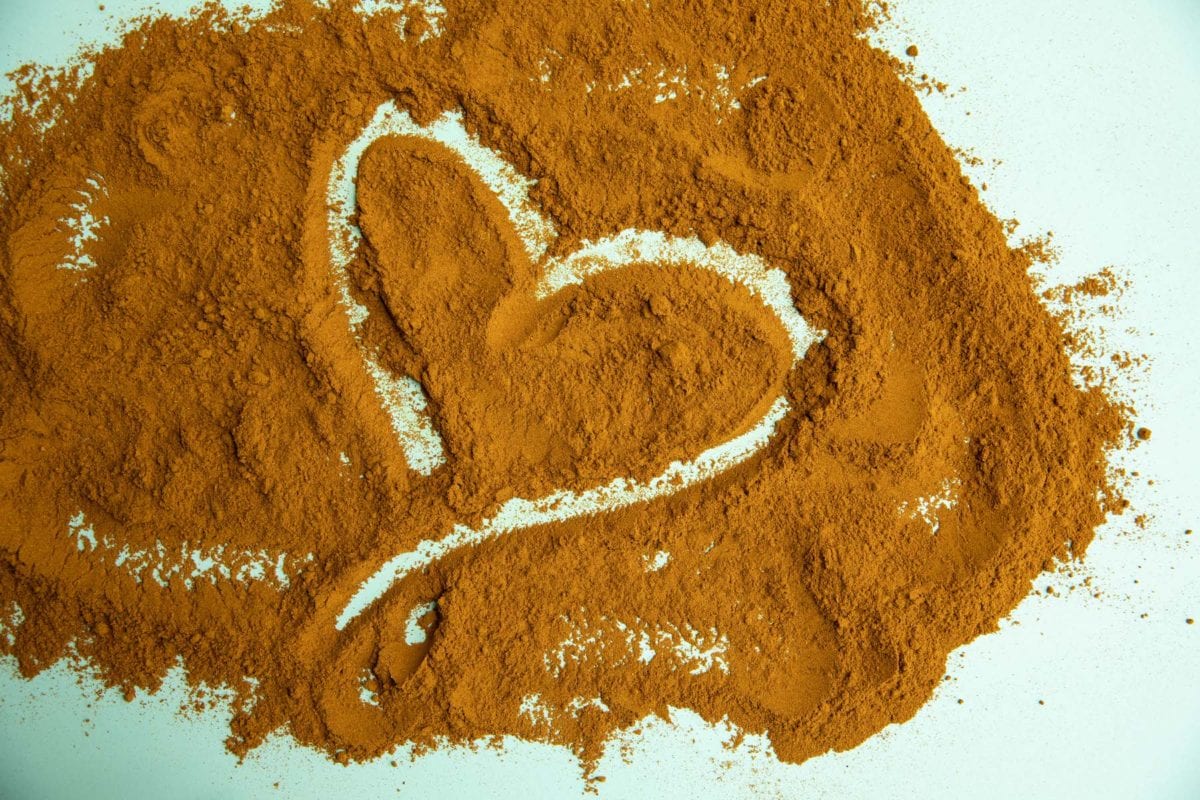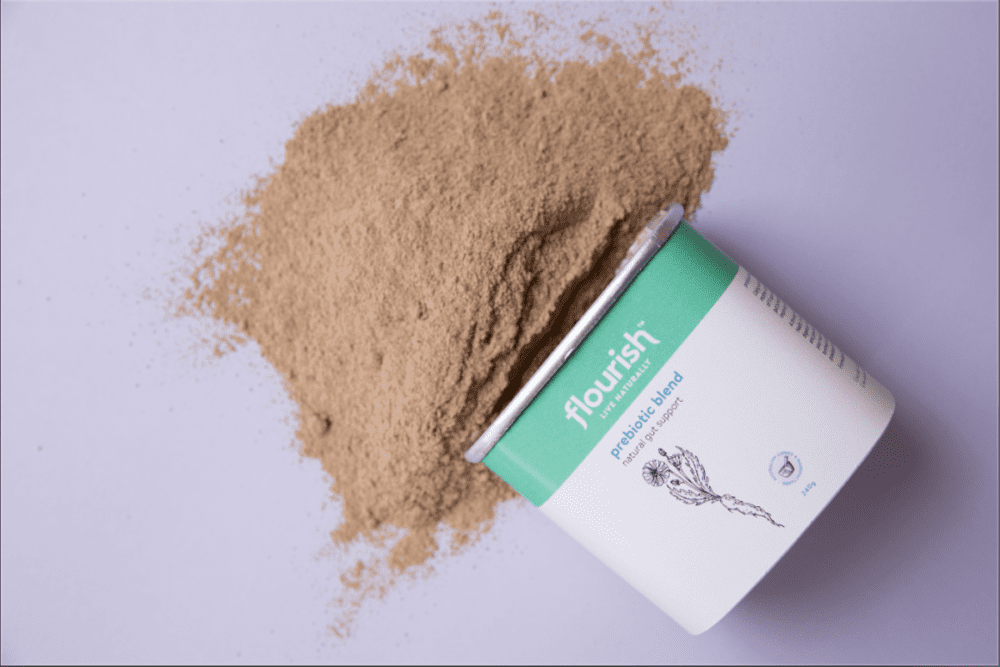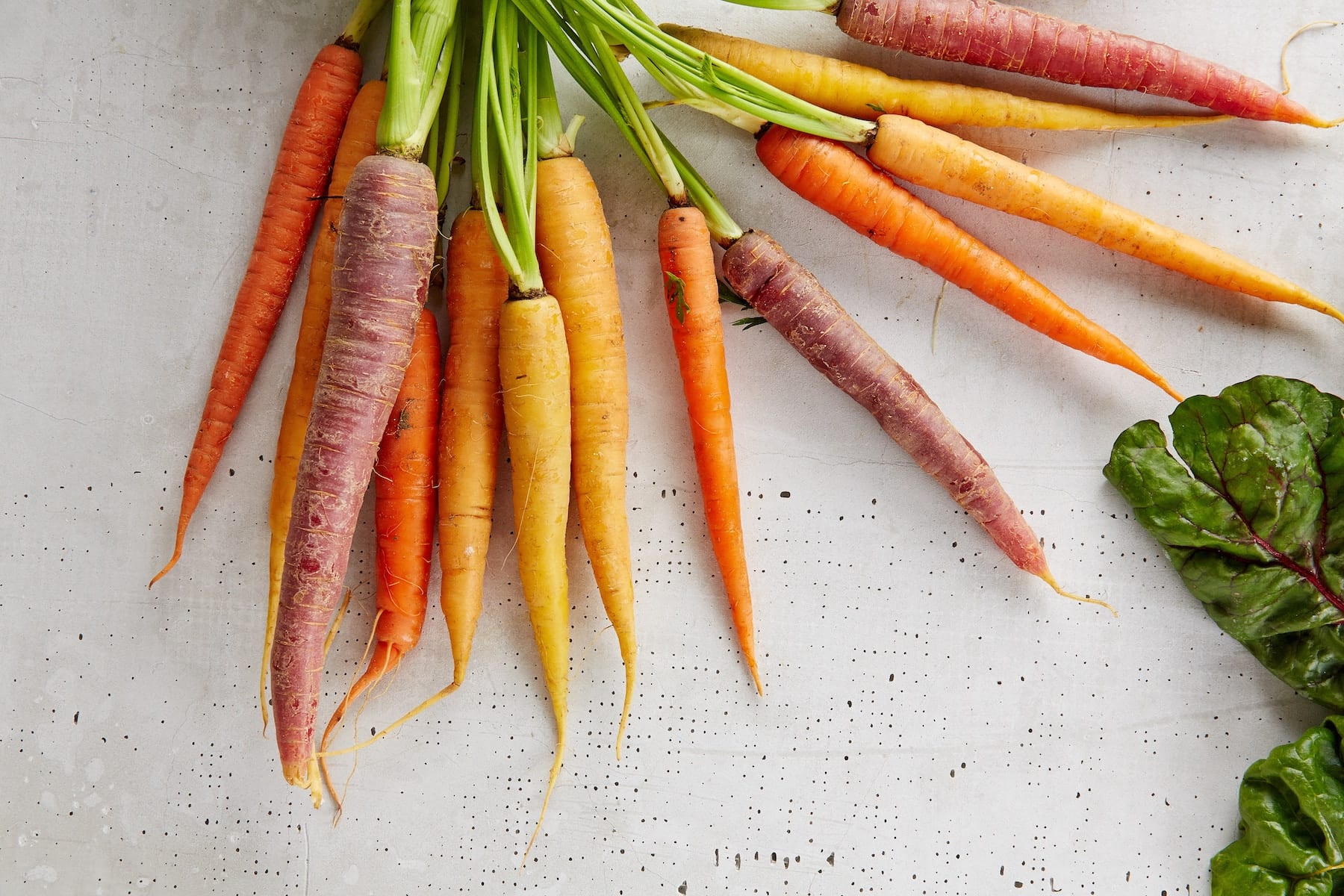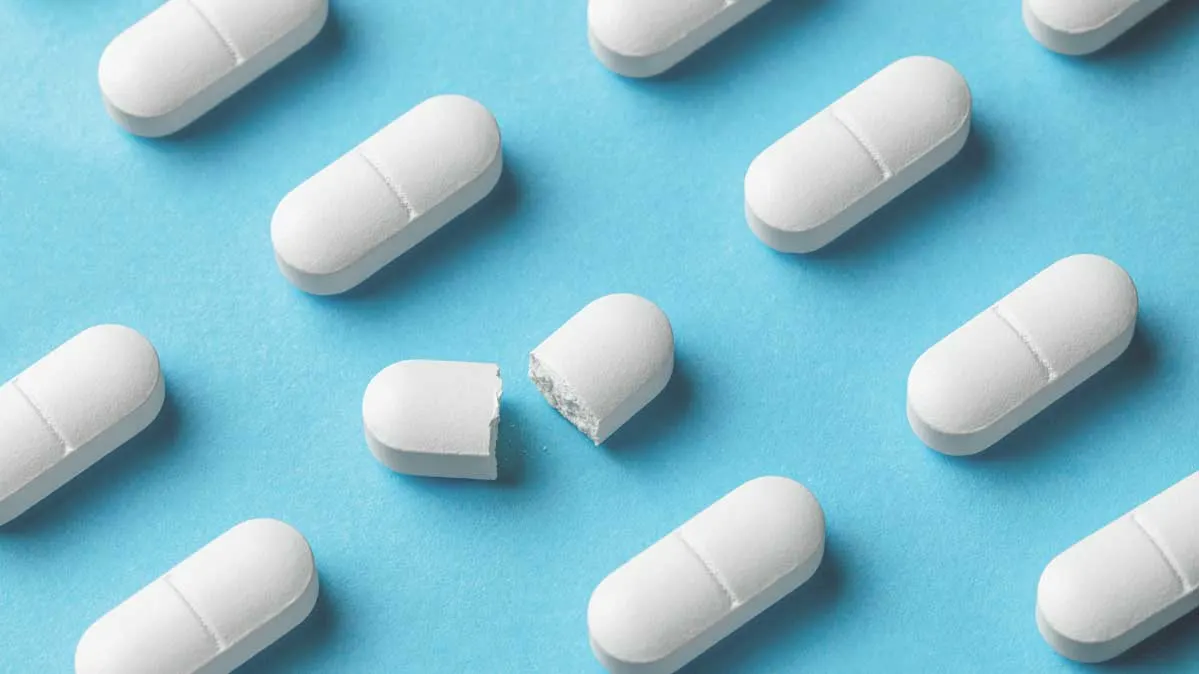What is Fibromyalgia?
Fibromyalgia Syndrome is a condition with symptoms that include widespread, chronic pain and tenderness in the body. While there is no cure, you can certainly make some lifestyle changes that will minimise symptoms and improve your quality of life. With supplements such as our turmeric blend, which helps the body’s ability to reduce inflammation, alleviate pain and reduce symptoms associated with many chronic health conditions, our mission is simply to help people from all walks of life achieve a full, healthy and pain-free existence.
In my early 30’s, I contracted the Parvo Virus, the aftermath of which was Fibromyalgia. Every part of my body ached, my muscles were sore to touch, my brain was foggy, and although I regularly went to the gym, the pain from exercise was extremely hard to recover from each day. Getting out of bed caused horrible pain in my feet. The aches became my ‘normal’ until I discovered it was not at all normal. Exercise was not meant to feel so debilitating. I then made the decision to see a Rheumatologist, and that is how my journey into the world of western medicine began.
The list of drugs that I was taking began to get longer and stronger, and it wasn’t until I was prescribed Methotrexate that I wondered if my pain was worsened by my diet. My doctor told me that there was no scientific evidence to support my theory about diet and its correlation to body pain, but as a self-confessed sugar-addict, I made a decision to cut it out for a while and see what happened. Within a few weeks, I was pain-free I could get out of bed and walk normally without pain, a sensation I had not had for years. I was excited. I gave back the script for Methotrexate and began a journey of using ‘food as medicine’, and this is when I started studying to become a Medicinal Nutritionist.
Fibromyalgia and Diet
Over the years of working as a Medicinal Nutritionist, I have come to realise that certain diseases hate certain foods, and, in particular, Fibromyalgia Syndrome hates sugar. If I bring sugar back into my life, I would be inviting the pain of Fibromyalgia back in, too. Another mandatory component of healing from Fibromyalgia is good sleep.
Moving on to the foods that promote healing from Fibromyalgia, we can divide them into two simple food groups: fruits and vegetables. The greater the variety of colour of the fruit on vegetables on your plate, the better you will feel. Intermittent fasting is another thing that Fibromyalgia responds well to aswell. Foods that promote problems and the severity of symptoms include packaged and processed food, such as sugar, alcohol, and meat.
The Flourish blend best suited to aid in the management of Fibromyalgia Syndrome symptoms is our turmeric blend. Once the pain is under control, 1 teaspoon per day, split into two 1/2 tablespoons per day is a wonderful maintenance program. The 1/2 teaspoon at night will also promote good sleep.
Let food be your medicine and change your diet to include more whole-food, plant-based foods, and you will be able to better manage the symptoms of Fibromyalgia. For more information on the healing benefits of food, see our whole food supplements and books, available for purchase on our website.

